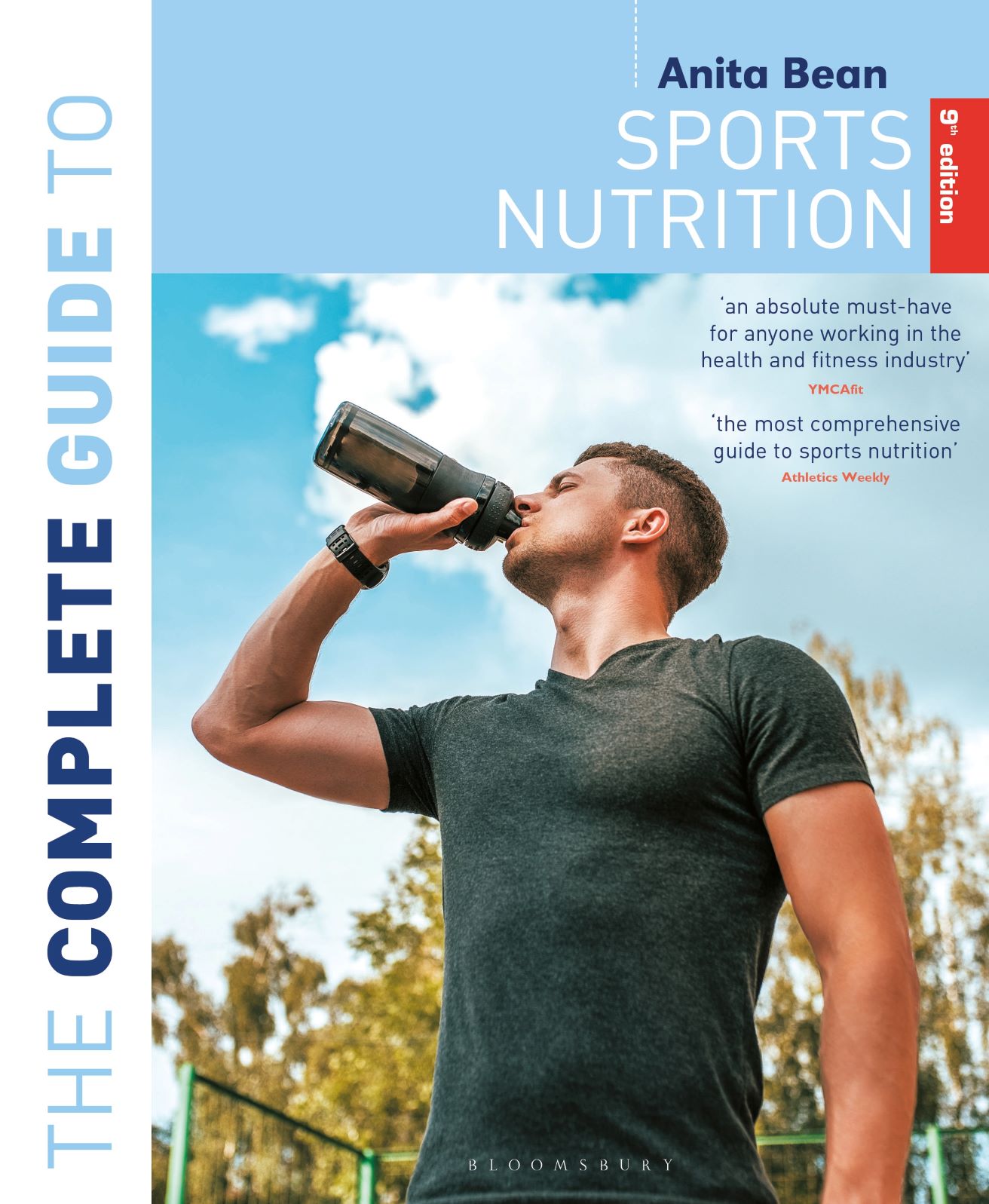Award-winning health writer, author, registered nutritionist and champion athlete, Anita Bean, looks back on her career as an author and offers guidance on how to break into writing within the health and wellness market.

I have been passionate about health writing since my university days back in the 80s when I was studying for a degree in nutrition and food science. There I discovered a mountain of fascinating research that rarely saw the light of day outside academic journals. I thought ‘What is the point of scientists doing all these studies if their findings weren’t being made accessible to the general public?’ And so, it became my mission to write about health in a way that people could understand and engage with. Health writing wasn’t covered in my degree curriculum; instead, I learnt on the job while working as a nutritionist for the Dairy Council. I was tasked with writing health promotional materials, and quickly learnt what university didn’t teach me: the importance of correct spelling, grammar and punctuation (pre-spell-check era!) as well as how to write clearly with focus and direction.
I set up my own nutritional consultancy in 1990, providing one-to-one advice for athletes via the British Olympic Association. I was also a competitive bodybuilder (which was unusual for females in the 80s) so had a strong interest in sports nutrition. It struck me how little nutrition knowledge athletes and bodybuilders had – many were fuelling up with sweets and sugary drinks to give them energy because they didn’t have access to any information. I saw there was a gap in the market for a sports nutrition book so approached Bloomsbury Sport with my proposal. I signed the deal and, with no formal writing training, quickly had to figure out how to write a book! I had only written 1000-word articles for magazines before so needed to scale up to writing 80,000 words. What I learnt was to write as if I am talking to one person rather than a mass audience. I learnt how to explain things in plain language and use examples to keep the reader engaged. The Complete Guide to Sports Nutrition was first published in 1993 and has since re-published in 9 editions and in many different countries. Since then, I’ve written a further 28 books, including four cookbooks and numerous articles for magazines such as Good Housekeeping, Cycling Weekly and Waitrose Food.
One of my top tips for anyone looking to break into health writing is to have a specific health niche, such as nutrition, ageing, fitness, or pharmaceuticals, and develop your knowledge in that area. You will need not only to become familiar with the meaning of scientific terms, but also to be able to explain them simply to other people. It really helps if you have an interest in the subject.
A key skill is being able to carry out credible research. This means knowing where to look and being able to identify credible sources. The internet is a wild west of information, so you need to be careful not to quote any study or data without referring to the primary source. As a writer, it is your responsibility to verify the figures and study details. Some trustworthy sources include the NHS, WebMD, Medical News Today and Harvard Health publishing.
In your health writing, it's generally best to quote high quality studies, such as meta-analyses and randomised controlled trials, rather than low quality studies, such as clinical trials and case studies. I keep a library of research papers using Zotero, a free, open-source tool that helps me collect, cite and organise my research sources. There are other similar reference tools, such as Menderley and Endnote.
There is conflicting information on many health issues, though, partly because new research comes out that questions previous research. For example, a few years ago it was thought that there was a critical 30-minute post-exercise window during which athletes had to consume protein. But newer research has shown that the ‘anabolic window’ extends several hours, which means you do not need to consume protein immediately after your workout.

You should always write with your audience in mind, so you need to have a clearly defined readership. For example, The Complete Guide to Sports Nutrition is targeted at serious athletes, coaches and nutritionists – so it is written in an authoritative style. On the other hand, my cookbooks are for a lay audience looking for recipe inspiration and, therefore, the tone is more upbeat and conversational. When I’m writing for magazines, I try to imagine that I am a more knowledgeable friend having a conversation with the reader.
Making science accessible for the mass market isn’t just about accurately representing the facts – it’s also important to engage your audience and write clearly. Don’t just focus on facts and evidence – try to make your writing as easy for the reader to understand as possible. Most of your readers will be health-aware but looking for information that’s easily accessible. So you should strive to write simple but engaging text that will entertain and inform them. You want your audience to feel motivated to change, and think ‘Yes, I can do that!’.
The Complete Giode to Sports Nutrition (9th edition) by Anita Bean is available from Bloomsbury.com
Anita Bean is an award-winning registered nutritionist, internationally published author, health writer and former British bodybuilding champion. She specialises in sport and exercise nutrition, is the author of 30 books, including The Complete Guide to Sports Nutrition, The Vegetarian Athlete’s Cookbook and her latest title, The Vegan Athlete’s Cookbook. She is also the nutritionist for the London Marathon, RideLondon and Good Housekeeping.
Comments